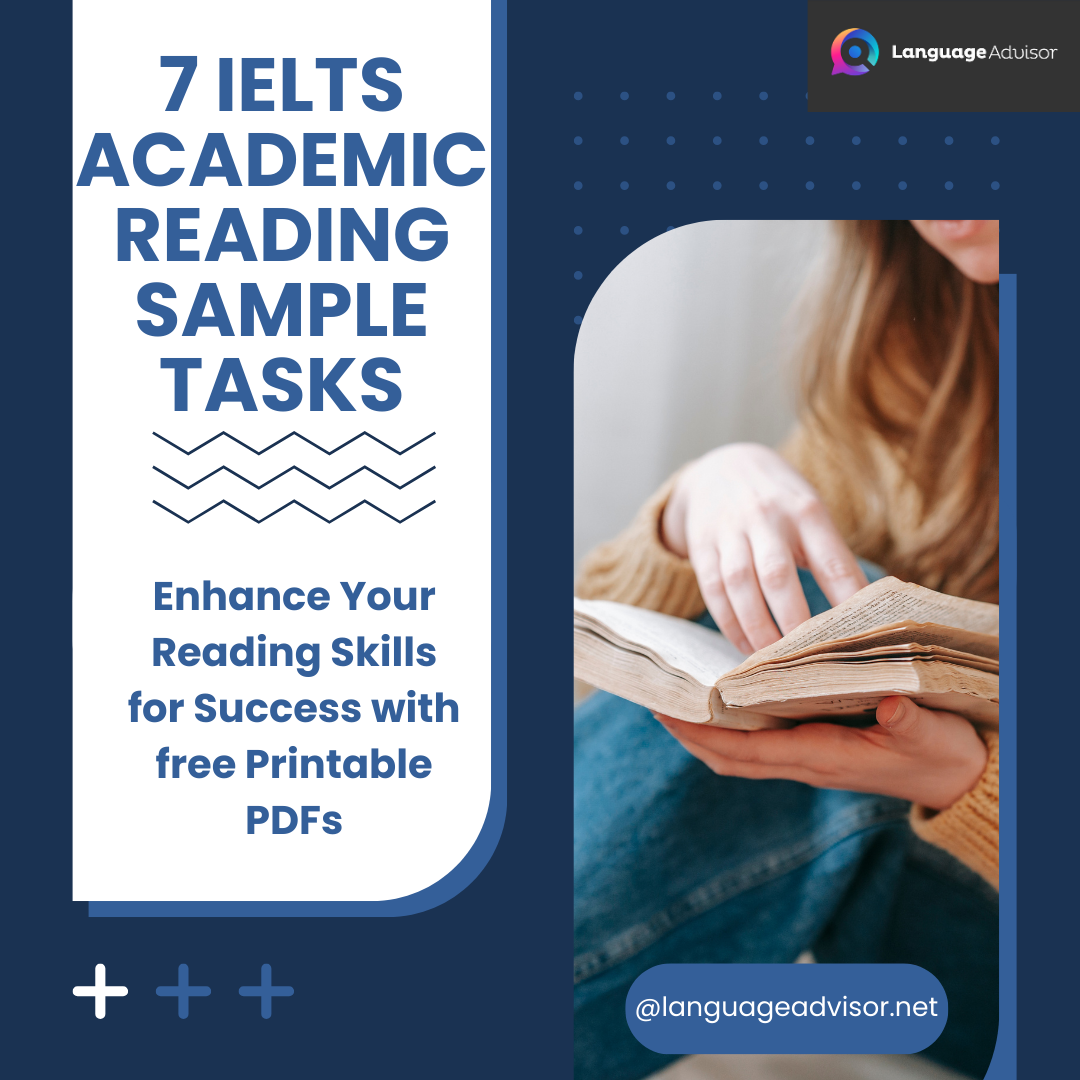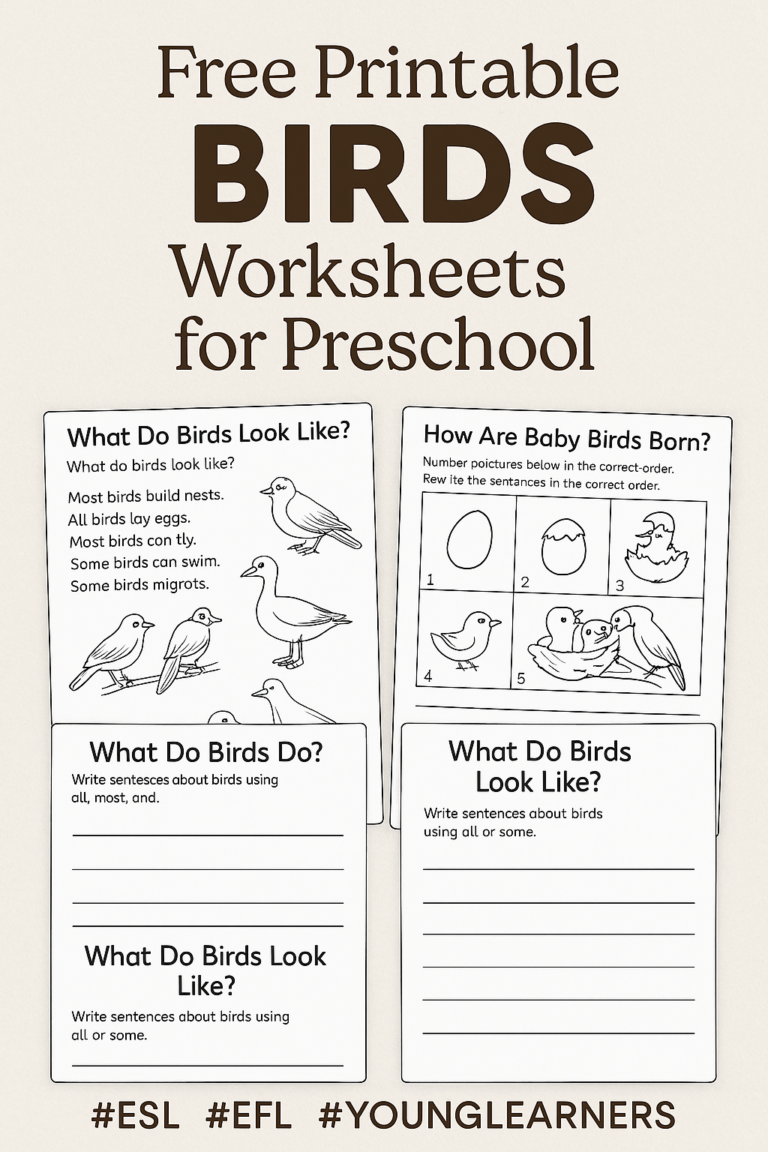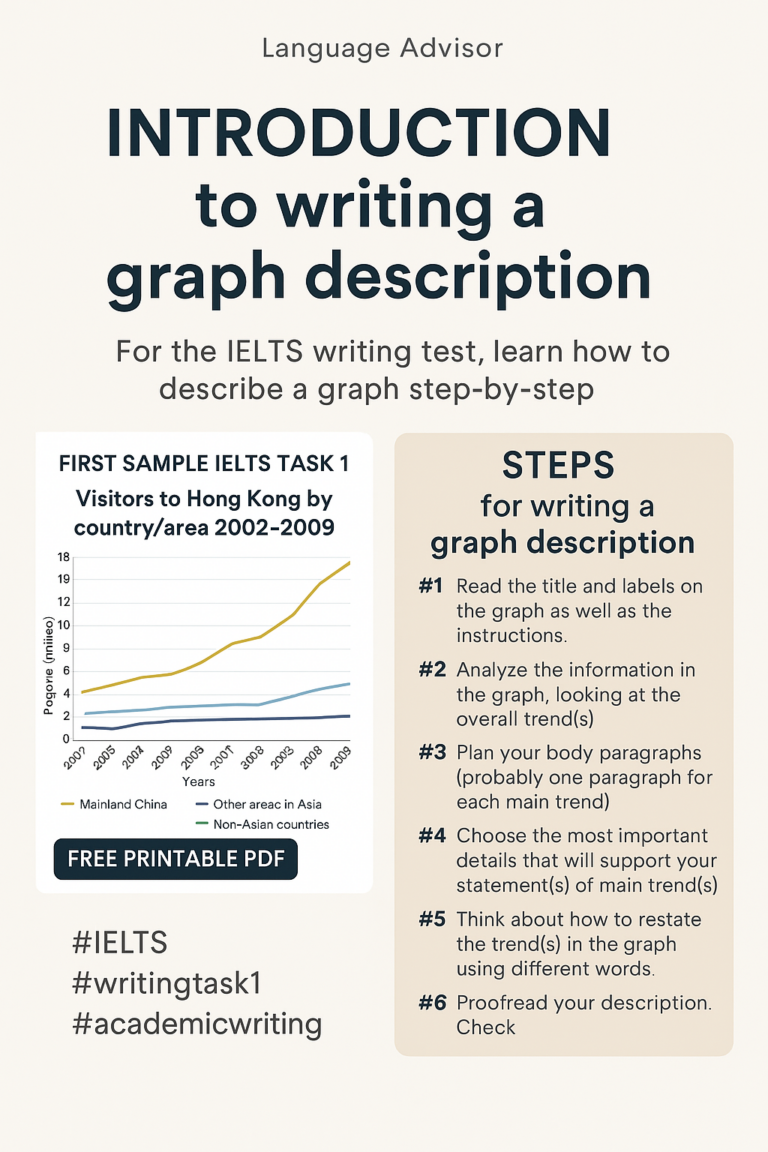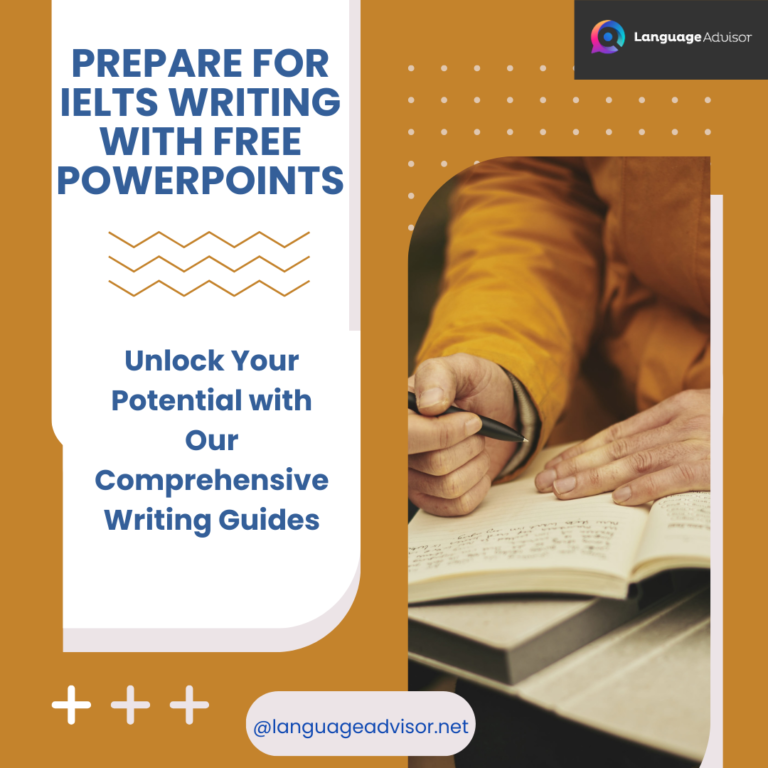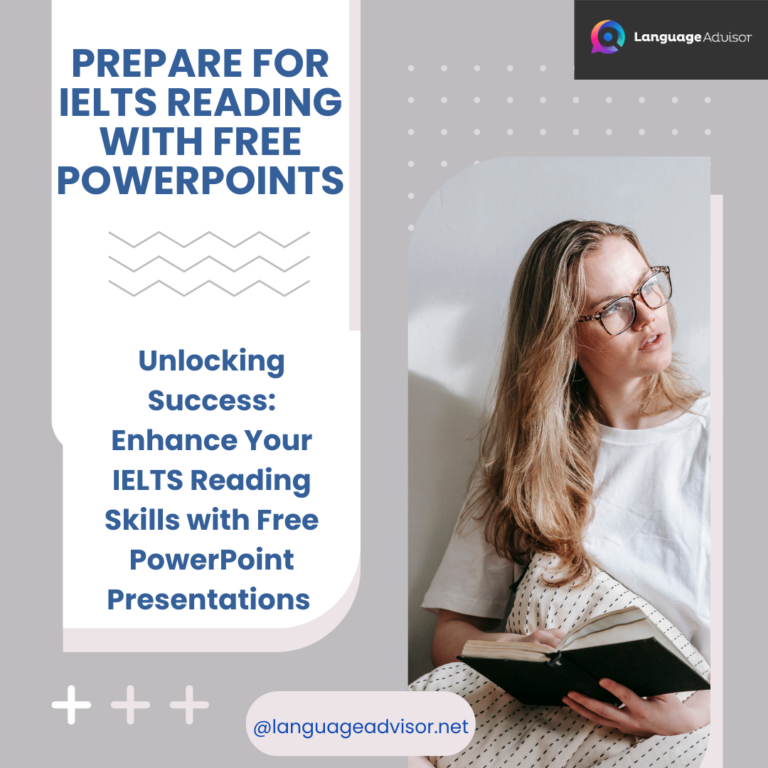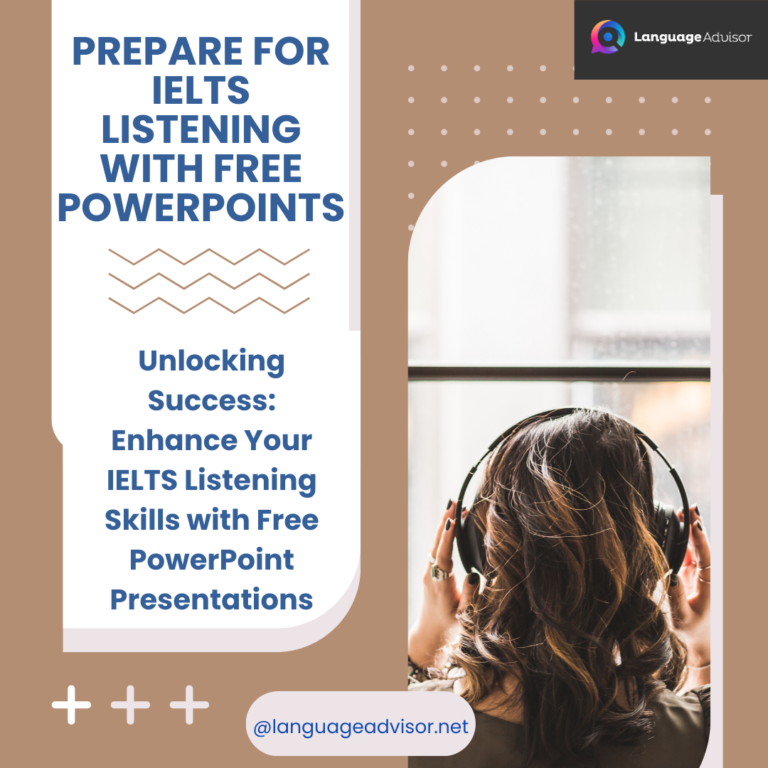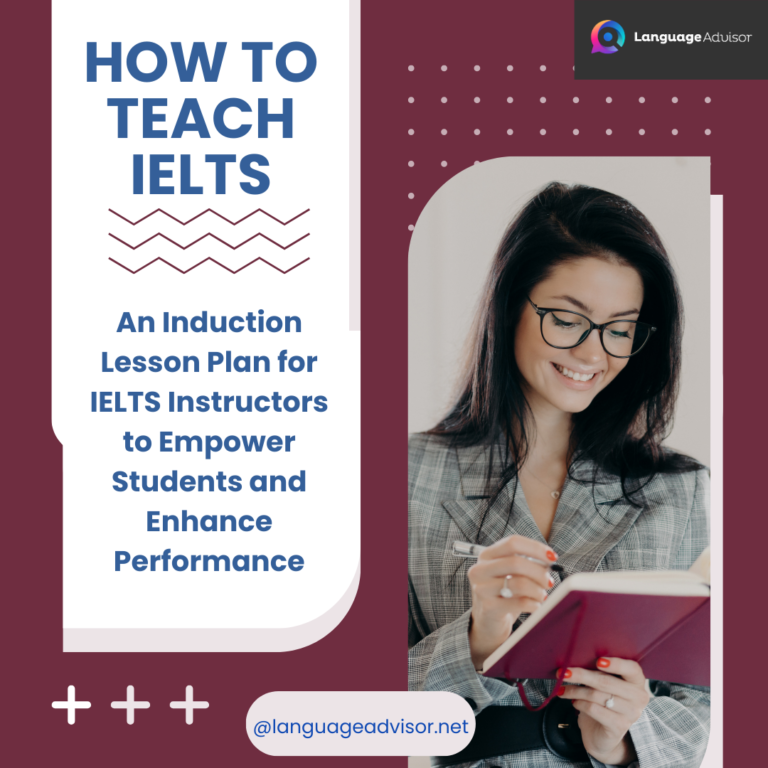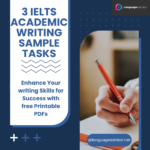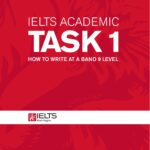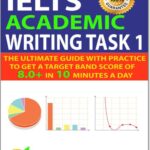7 IELTS Academic Reading sample tasks. Enhance Your Reading Skills for Success with free Printable PDFs
7 IELTS Academic Reading sample tasks

7 IELTS Academic Reading sample tasks
The IELTS Academic Reading test is a critical component for those looking to study at English-speaking universities or seeking professional registration. The reading section is designed to assess a wide range of reading skills, from understanding main ideas and details to comprehending logical arguments and inferring meanings. This blog post will delve into the various sample tasks you might encounter and offer tips on how to tackle them effectively.
Understanding the Format
The IELTS Academic Reading section consists of three long texts, which range from descriptive and factual to discursive and analytical. These texts are authentic and are taken from books, journals, magazines, and newspapers. The test comprises 40 questions, and you have 60 minutes to complete it.
7 IELTS Academic Reading sample tasks
Types of Tasks
1. Multiple Choice
In these questions, you are given a question followed by four possible answers. Your task is to choose the best answer from the options provided.
Tips for Multiple Choice Questions:
- Read the question carefully before looking at the answer options.
- Skim the text to get the general idea before focusing on specific details.
- Eliminate options that are clearly incorrect to narrow down your choices.
- Look for keywords in the question and scan the text to find matching information.
2. Identifying Information (True/False/Not Given)
You need to decide if the statements provided are true, false, or not given based on the information in the text.
Tips for True/False/Not Given:
- Carefully read the statement and identify key information.
- Match the statement with the text to see if it is explicitly mentioned.
- Remember:
- True: The statement agrees with the information.
- False: The statement contradicts the information.
- Not Given: There is no information on this in the text.
3. Identifying Writer’s Views/Claims (Yes/No/Not Given)
Similar to True/False/Not Given, but here you need to identify the writer’s opinions or claims.
Tips for Yes/No/Not Given:
- Focus on the author’s opinions or claims rather than factual information.
- Yes: The statement agrees with the writer’s views.
- No: The statement contradicts the writer’s views.
- Not Given: The writer’s view or claim is not mentioned.
4. Matching Information
This involves matching information such as headings, features, or statements to different sections or paragraphs of the text.
Tips for Matching Information:
- Skim the text to understand the main idea of each paragraph.
- Look for unique keywords or phrases in the options to match with the text.
- Pay attention to synonyms and paraphrasing.
5. Matching Headings
You need to match headings to sections or paragraphs in the text. This task tests your ability to identify the main idea.
Tips for Matching Headings:
- Read the list of headings first.
- Skim each paragraph to identify the main idea.
- Be aware that some headings might be very similar, so careful consideration is required.
6. Matching Features
You will match a list of features to a list of items in the text. This requires detailed reading.
Tips for Matching Features:
- Identify keywords in the features list.
- Scan the text to find these keywords or their synonyms.
- Make sure the match logically fits the context.
7. Sentence Completion
Complete sentences with a word or short phrase from the text.
Tips for Sentence Completion:
- Read the incomplete sentences and understand what information is needed.
- Look for the exact information in the text.
- Ensure the completed sentence is grammatically correct.
8. Summary, Note, Table, Flow-chart Completion
Complete the summary, notes, table, or flow-chart with information from the text. This might involve selecting words from a box or using words from the text.
Tips for Summary/Note/Table/Flow-chart Completion:
- Skim the text to get the gist.
- Identify the part of the text that relates to the summary or notes.
- Be concise and ensure your answers fit grammatically and contextually.
9. Diagram Label Completion
Label a diagram based on the information in the text. This tests your ability to understand detailed descriptions.
Tips for Diagram Label Completion:
- Study the diagram and labels to understand what is required.
- Locate the part of the text that describes the diagram.
- Use exact words from the text unless instructed otherwise.
10. Short-answer Questions
Answer questions with a word or short phrase from the text.
Tips for Short-answer Questions:
- Read the questions to understand what information is needed.
- Scan the text for keywords related to the question.
- Provide concise and accurate answers.
The IELTS Academic Reading section is challenging, but with consistent practice and the right strategies, you can significantly improve your performance. Familiarize yourself with the different types of tasks and practice regularly using sample tests. This will help you become more efficient in locating information and answering questions accurately under time constraints. Good luck with your IELTS preparation!

7 IELTS Academic Reading sample tasks
Diagram label completion
Identifying information
Identifyng writer’s views/claims
Matching Features
Matching Headings
Multiple Choice
Table Completions

7 IELTS Academic Reading sample tasks. Also check out these resources to successfully prepare for IELTS


